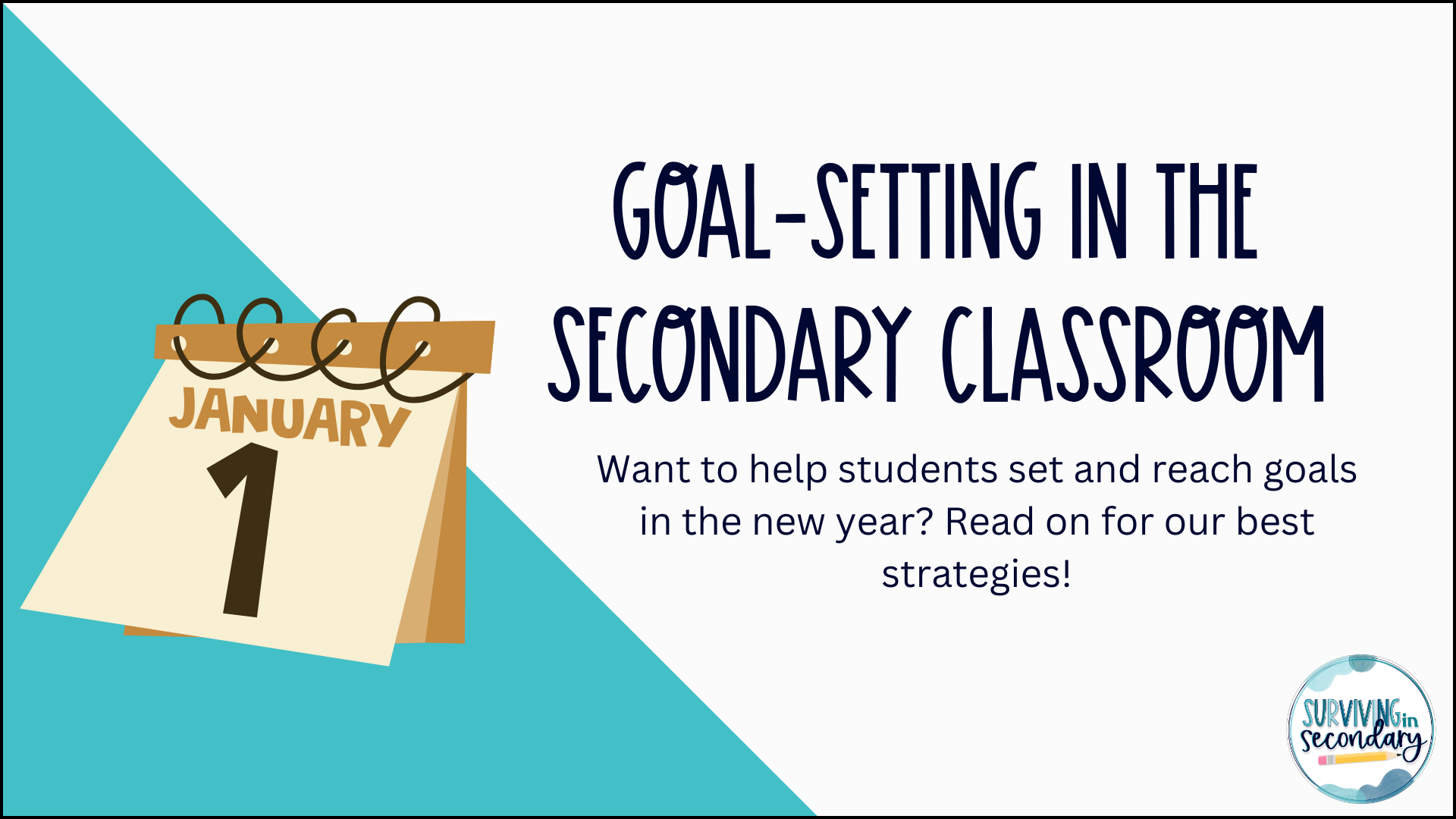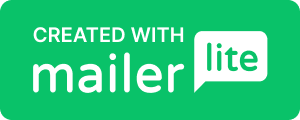New Year’s Goal-Setting in the Secondary Classroom

By Jess @ Surviving in Secondary
While January 1st might mark a new calendar year, for most of us, it’s still the same school year. Regardless, the desire to refresh, embrace new beginnings, and set goals is all around us. Balancing this “new year, new me” spirit while maintaining the old classroom routines you’ve worked for months to build can be tricky. We’ve found adding some intentional goal-setting activities at this time of year can be a fantastic middle ground. Read on for three of our favorite strategies for integrating goal-setting in the middle or high school classroom!
1. Set Whole-Class Goals
The new year is the perfect time to discuss and set class-wide goals! We recommend combining goal-setting with your existing classroom routines and expectations for a perfect post-break refresher. While there are many different ways to do this, here’s a gallery walk method you could try:
Write your class rules/expectations on pieces of chart paper (one rule per sheet) and post the chart paper around the room.
Review each expectation with students, making sure everyone understands what each expectation looks like in practice.
Give students sticky notes (one sticky note per expectation) and have them rate how well they feel the class is doing with each expectation as they walk from poster to poster. You could do a 1-5 rating scale, ask for written reflections, or use any other system that works for you!
Use the ratings and reflections from the sticky notes to spark a whole-class discussion on what is going well and what could be improved.
Have the class identify 1 or 2 expectations that they feel they most need to work on. Then, collaboratively set class-wide goals for improvement. Decide how the class will measure their progress, and then put the plan into action — and make sure to celebrate their success once those goals are achieved!
Whether you use the gallery walk strategy or try another method of whole-class goal-setting, class collaboration is a powerful way to create community and improve your classroom culture. There is no better time to reflect and improve than in the new year!
2. Promote Self-Reflection
If you’re looking for a more individualized approach to goal-setting, we’d suggest using the new year as a catalyst for self-awareness and self-management lessons. It is vital that students can identify their strengths and weaknesses and use that insight to grow. The organization ACT for Youth has an amazing social-emotional learning toolkit full of strategies for supporting this need. You can click here for self-awareness resources and here for self-management resources!
In our experience, while one-off activities can be a great place to start, the real magic happens when students practice their self-reflection skills over time. We know that it takes instruction and practice to master academic concepts, and the same holds true for SEL competencies. So, let the new year serve as a jumping off point, and then keep the momentum going with regular reflection! The best part? It doesn’t have to be complicated! Something as simple as a structured weekly or monthly reflection can have a huge impact on students’ abilities to successfully set and reach goals.
Want a ready-made goal-setting and self-reflection activity that will work in any middle or high school classroom, no matter your content area? We’ve got you covered with a goal tracking freebie! Students will identify a goal and monitor their progress by shading in a tracker and answering reflection questions. Click here to download this print-and-go resource!
3. Create Tiny Goal-Setting Routines
We get it — sometimes, the schedule is tight, and there is simply not enough time to dedicate a whole class period to goal-setting conversations. But that doesn’t mean you can never address the topic at all! Small, consistent goal-setting routines can make a big difference. Consider trying a bell-ringer/exit ticket pairing that encourages goal-setting during a typical lesson!
What does that look like? One strategy we love is using reflection scales to start and end our lessons. At the beginning of class, tell students what topic you will be covering that day and have them rate their feelings/confidence level on the topic on a scale of 1-5. Then, have them use the same scale to identify how they’d like to feel at the end of the lesson. Finally, at the end of class, have them look back at their scales and rate how they feel after the lesson has concluded. Have students reflect on whether or not they reached their goal, and perhaps ask them to identify what they’d need to do or learn to reach their goal if they haven’t, or reflect on what helped them meet their goal if they did.
If a 1-5 scale doesn’t sound engaging enough, check out our set of 10 rating scales! Each worksheet has a different theme, from “The Scale of Emojis” to “The Scale of Dinosaurs.” These ready-to-use reflection activities are an easy way to embed goal-setting into any lesson plan while engaging students and promoting academic and personal growth.
Whether you choose to dedicate a day or two to goal-setting or find micro-moments for self-reflection, your efforts will not be wasted. All students can benefit from opportunities to work on these crucial skills, and the new year is the perfect time to practice! We are cheering you on as you set and reach your goals this year!
Questions? Ideas to share? We’d love to chat! Send us an email at hello@survivinginsecondary.com, and we’ll get back to you as soon as we can.
Let's keep in touch! Fill out the form below to join our email list for updates, exclusive freebies, giveaways, and more!
Thanks for joining us!
Check your email :)
